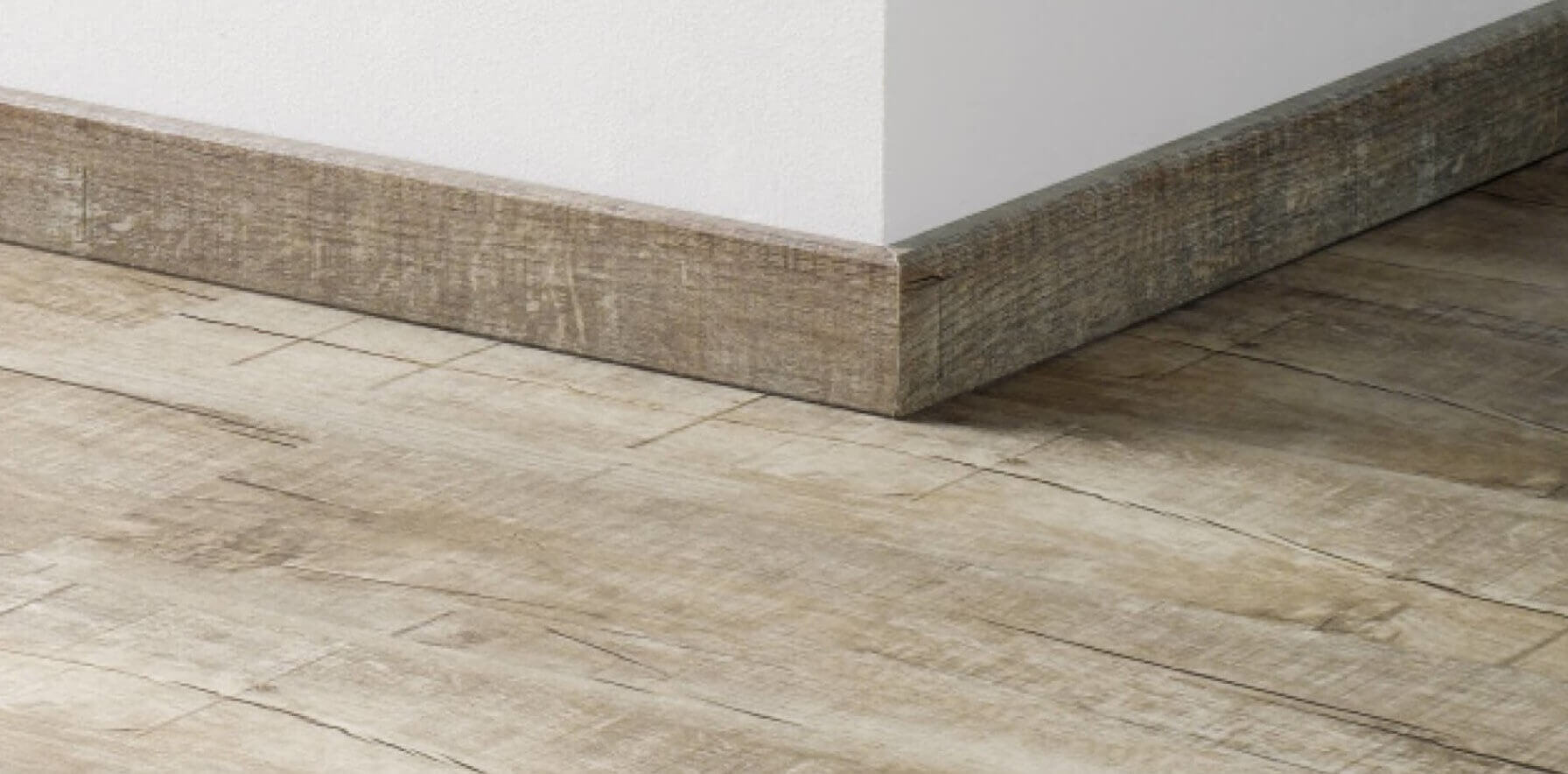Advantages of using floor skirting boards in home projects

Floor skirting boards are also known as baseboards or kickboards and are a common feature in many homes. They are usually made of wood, MDF, or PVC boards that run along the base of the walls. Depending on the type and material used, skirting boards can be glued, nailed, or screwed into the walls.
Moldings are one of the most important features of some homes and for some locations, it is a way to add a beauty factor to the interiors. Skirting boards have many more advantages, apart from providing aesthetics, hiding unwanted objects in the wall, or protecting the wall from water.
Skirting boards prevent damage to wall-to-floor joints by protecting them from water. They can be used to hide exposed electrical lines, cables, and connections. These boards can be used to cover the gap between walls and floors that usually occurs during the construction process. Skirting boards provide some space between the wall and the furniture. Some of the benefits of using skirting boards for home construction projects are highlighted below.
This gap prevents marks, stains, and scratches from the furniture on the wall. They are an economical and practical way to prevent painted surfaces from any kind of stains. It also protects the walls from dirt on the wall when you clean and mops the house. Colored skirting boards are widely used to enhance interiors and give a finished and cleaner look.
They hide ugly wiring
Electrical wiring looks so unsightly when left hanging open from ceilings or walls, it’s also dangerous. Hiding wires in ceilings works great but becomes quite expensive to repair. It is more practical and economical to use the services of skirting boards to cover the space left after the installation of the floor. The baseboards are then used to hide the wires. Skirting boards also protect cables from elements such as moisture.
Covering the gaps
Perfect alignment of floors with walls is quite challenging even for the most experienced installers. Gaps or gaps are simply unavoidable after the flooring is installed and some can be unsightly. Sometimes gaps are left on purpose to account for the expansion and contraction of wood floors. Skirting boards cover such gaps well.
Damage prevention
Skirting boards can act as a barrier to prevent your furniture from coming into contact with the walls and ruining the plaster, leaving marks on the painting or wallpaper, or damaging the wall. Skirting boards also provide some form of protection for the lower parts of the walls from mopping, vacuuming, toys, and normal home traffic. Replacing boards is significantly cheaper than repairing walls.
They improve aesthetics
For starters, skirting boards will help give a home a much more professional look. Most boards usually have some decorative elements. The design of the countertop is what determines the overall effect the countertops will have in your home. You can also paint skirting boards to ensure they don’t detract from the interior of your home.
Cheaper
Another benefit of using skirting boards in your home projects is that they are cost-effective compared to other options. For example, if there are uneven gaps after the floor is installed, it will be much cheaper to hide them with skirting boards compared to redoing the entire floor installation.

